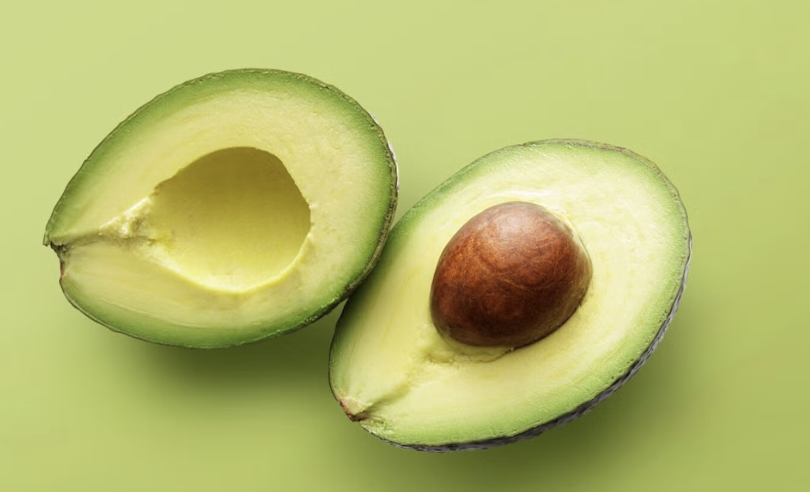
Once dismissed as “butter for dogs,” Tanzania’s avocado is now a multi-million-dollar export. But a landmark study reveals the hidden risks and systemic power imbalances fueling the boom—and points to where the real value lies next.
By Anthony John
Not long ago, in the highlands of Tanzania, the avocado was a humble fruit, planted for shade or fed to animals—dismissively called
“siagi ya mbwa,” or “butter for dogs”. Today, it is the country’s “green gold,” a multi-million-dollar export fueling one of Africa’s most compelling agricultural transformations. This is not a story of accidental success. It is a calculated boom, architected by strategic national programs and driven by global appetites for the world’s favorite superfood.
A comprehensive 2022 thesis from the University of Sheffield by Jonas Cromwell provides an unprecedented look under the hood of this industry, revealing a sophisticated interplay of investment, power, and systemic risk. At the heart of this narrative is the
Southern Agricultural Growth Corridor of Tanzania (SAGCOT), a public-private framework that laid the groundwork for turning a subsistence crop into a global commodity.
The SAGCOT Catalyst: Architecting a Modern Market
Launched in 2010, SAGCOT was envisioned as a monumental investment vehicle to de-risk and modernize Tanzanian agriculture. Its blueprint created the stable, long-term conditions necessary to attract serious capital:
- A planned $2.1 billion in private agribusiness investments over 20 years.
- Supported by $1.3 billion in public-sector infrastructure development.
- A mandate to integrate 100,000 smallholder households into commercial value chains.
- An aim to create 420,000 new jobs and lift 2 million people out of poverty.
- A goal to unlock over 350,000 hectares for new commercial production by 2030.
For the avocado sector, SAGCOT’s framework was the catalyst. As global demand soared and coffee prices—once the region’s mainstay—plummeted, farmers in the Northern and Southern Highlands found themselves at a crossroads. SAGCOT provided the strategic corridor for private companies like
Africado and Rungwe Avocado Company (RAC) to convert old coffee estates into modern avocado orchards and build sophisticated export infrastructure, connecting over 10,000 smallholder farmers to lucrative European markets.
The Anatomy of a Two-Tiered Market
Cromwell’s research masterfully dissects the two parallel universes of Tanzania’s avocado trade: the informal domestic market and the hyper-regulated export machine.
- The Domestic Chain: Characterized as “Feeding the nation with butter for dogs,” this market runs on personal trust, oral agreements, and a complex network of brokers. It is a high-volume, low-margin world where the avocado’s perishability is a weapon—used by traders at each step to exert power and drive down prices.
- The Export Chain: Dubbed “The Green Gold,” this system is governed by the exacting standards of the EU market. GlobalG.A.P. certification, phytosanitary rules, and cosmetic perfection are non-negotiable. This is a high-risk, high-reward arena where quality control is absolute, but where the mechanisms of that control create profound challenges.
“Rejection rates for smallholders can be staggering, sometimes reaching 50% of their harvest. This ‘waste’ is not a sign of poor farming but a direct consequence of distant market demands.”
The Price of Perfection: Power, Waste, and Hidden Risks
While the growth story is impressive, Cromwell’s thesis lays bare the double-edged sword of global integration. The relentless pursuit of the perfect, export-grade avocado generates systemic inefficiencies that present both risks and opportunities for savvy investors.
- The Tyranny of Standards: Strict EU cosmetic and size requirements mean that perfectly edible fruit is systematically rejected. Rejection rates for smallholders can be staggering, sometimes reaching 50% of their harvest.
- A Stark Imbalance of Power: Exporters hold all the cards. They dictate harvesting schedules to hit optimal European market windows, control price information, and impose contracts that many farmers don’t fully possess or understand. Farmers often wait up to five months for payment, creating a cycle of dependency that stifles their ability to reinvest. In response, many farmers engage in “side-selling” to Kenyan brokers who offer cash-in-hand but cherry-pick the best fruit, leaving farmers with even more unsellable produce.
- The Paradox of “Reject Sharing”: In the Northern Highlands, a unique “rejects sharing system” was created to meet traceability standards. Rejects from all farms are pooled and deducted proportionally from every farmer’s final payment. While intended to distribute risk, the system inadvertently penalizes the most diligent farmers and creates a perverse incentive for others to mix in immature fruit to boost their initial weight, knowing the losses will be socialized.
The Next Frontier: Investing in Value, Not Just Volume
These systemic challenges signal the next evolution for Tanzania’s avocado industry: moving up the value chain. Cromwell’s research points to a burgeoning opportunity in domestic value addition—a focus SAGCOT has begun to champion through targeted strategies.
The high volume of rejected fruit is not a loss; it is a feedstock. Investment in processing facilities for avocado oil, cosmetics, and animal feed represents a massive, untapped market. This strategy would create a circular economy, providing farmers with a reliable secondary market for off-grade fruit, reducing waste, and capturing far more value within Tanzania. By shifting from a purely export-focused model to a dual-stream approach, investors can mitigate risks associated with volatile global prices and exacting cosmetic standards.
This is where the future of “Green Gold” lies—not just in shipping raw fruit, but in building a resilient, diversified industry that transforms systemic waste into a profitable asset. For investors with a vision for sustainable and equitable growth, the message is clear: the avocado boom has only just begun.
